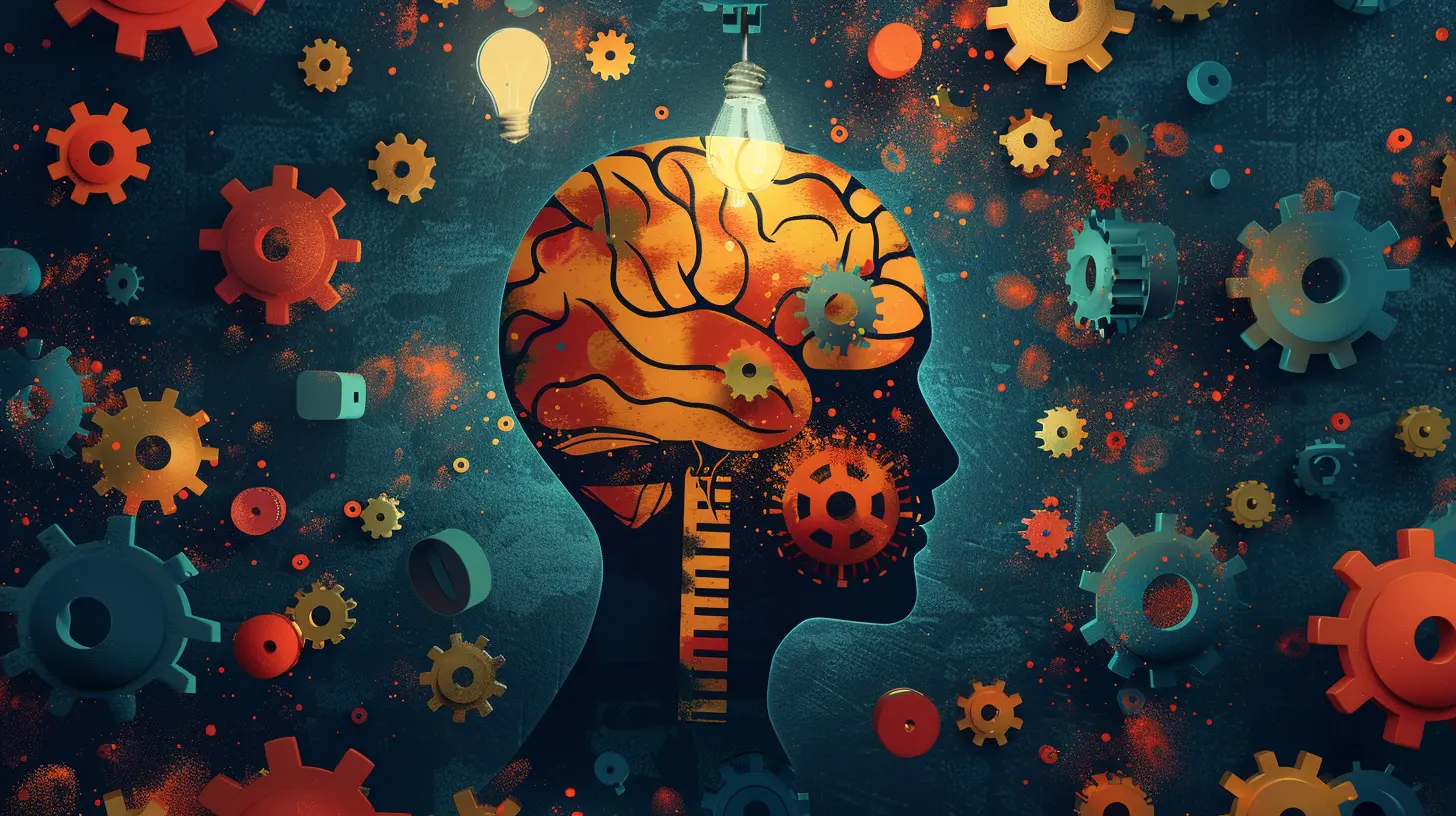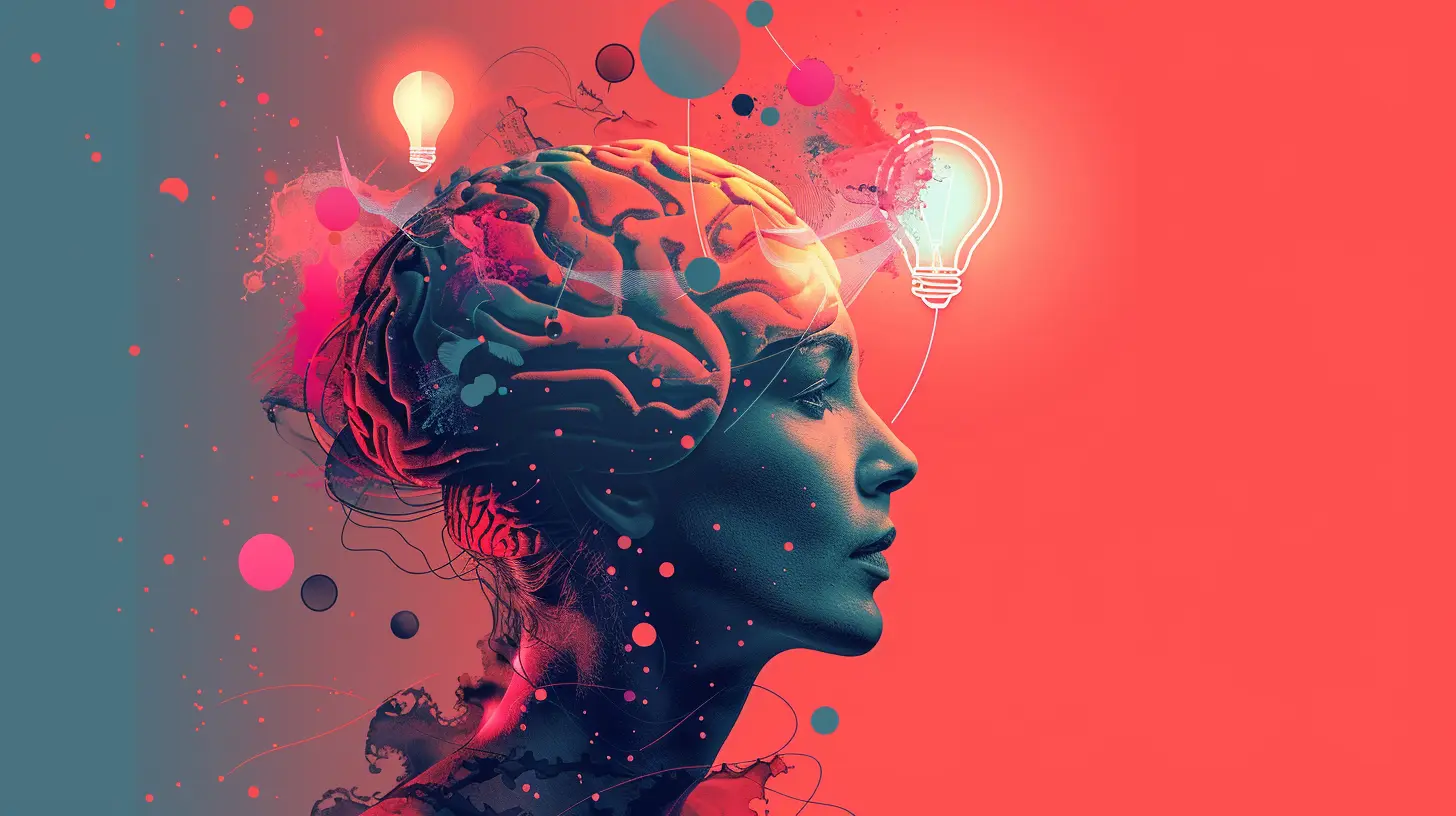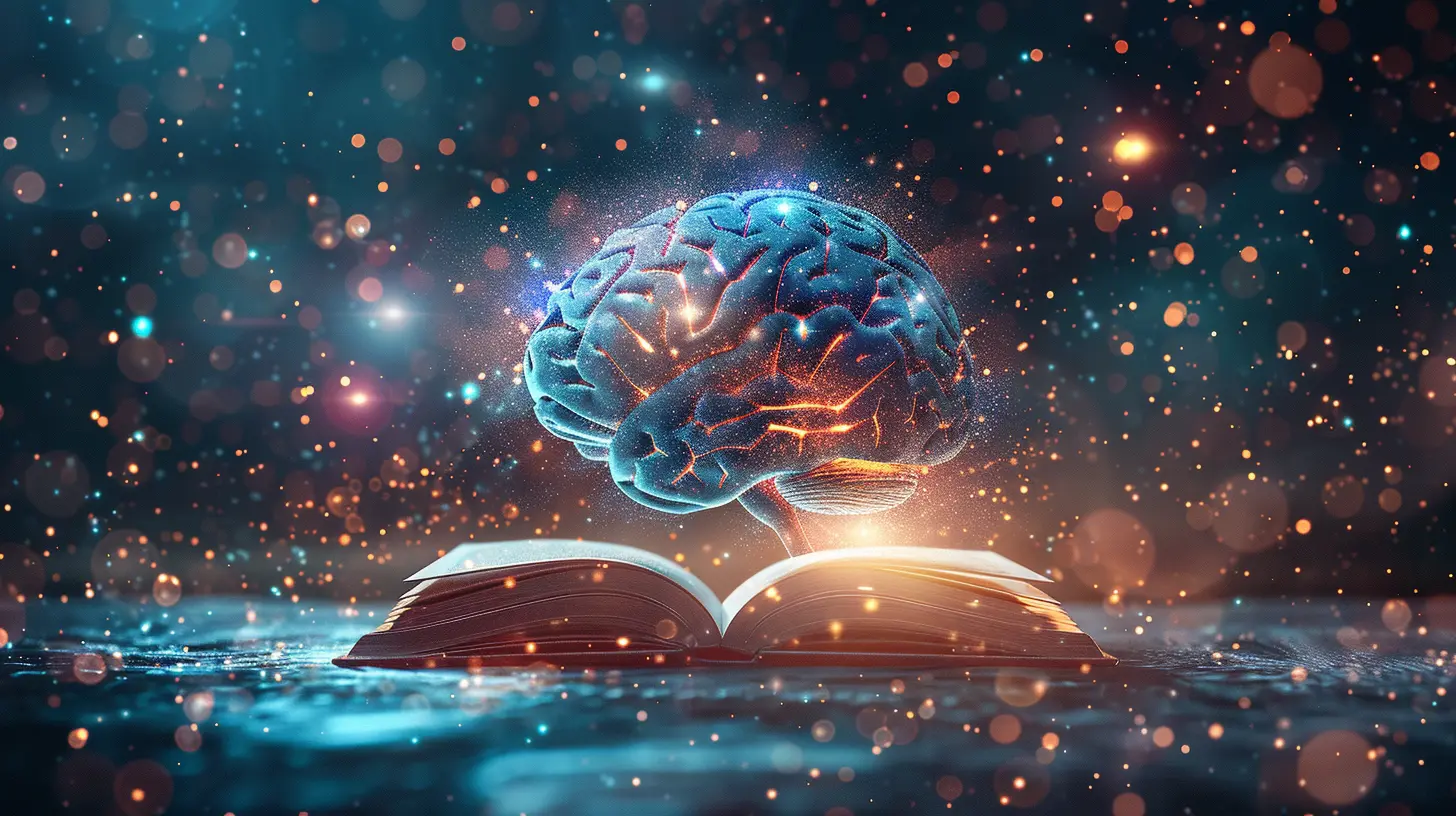Cognitive Load Theory: How to Optimize Learning Efficiency
13 July 2025
Ever felt like your brain was about to explode after trying to learn a new concept? Maybe you were cramming for an exam or attempting to master a new skill. You probably experienced what psychologists call "cognitive overload." But don't worry, you're not alone — it’s a natural reaction when your brain is asked to process too much information at once!
This is where Cognitive Load Theory (CLT) comes into play. It helps explain how our brains handle learning, and, more importantly, how we can optimize this process to make learning more effective. In this article, we’re going to dive deep into the mechanics of cognitive load theory, explore its different types, and talk about strategies to optimize learning efficiency.
So, buckle up, because by the end of this, you’ll understand how to make learning easier and more efficient. Ready? Let’s go!

What is Cognitive Load Theory?
Cognitive Load Theory (CLT) was first introduced by John Sweller in the late 1980s. It’s based on the idea that our brain has a limited capacity for processing information. Think of your brain like a computer. Just as a computer can slow down when too many programs are running, your brain can get overwhelmed when it’s processing too much information at once.The theory breaks down the process of learning into different "loads" that impact how effectively we can absorb and retain information. It's not just about how much we learn, but how we learn it. If we can manage these loads effectively, we can make learning more efficient and less stressful.
The Three Types of Cognitive Load
To better understand how our brain processes information, let’s break down cognitive load into three main types:1. Intrinsic Cognitive Load
Intrinsic cognitive load refers to the inherent difficulty of the material you’re trying to learn. For example, learning simple addition is easier than learning advanced calculus. The complexity of the subject directly impacts how much mental effort is required.
Here’s the thing, though: some intrinsic load is unavoidable. If you’re learning something complex, there’s only so much you can do to simplify it. But understanding that not all topics are created equal in terms of difficulty can help you pace yourself and set realistic expectations.
2. Extraneous Cognitive Load
Extraneous cognitive load is all the unnecessary distractions and irrelevant information that make learning harder. Imagine trying to study in a noisy café or reading a textbook that’s full of jargon and overly complex sentences. These external factors don’t help you learn but make it more difficult to focus on what's important.
The good news? Extraneous load can often be reduced or even eliminated. By creating a better learning environment and focusing on clear, concise materials, we can free up mental space to focus on the actual topic at hand.
3. Germane Cognitive Load
Germane cognitive load is the "good" load. It refers to the mental effort we invest in learning and understanding new concepts. It's the brainpower we use to create connections, form schemas (mental models), and ultimately store information in our long-term memory.
Ideally, when we optimize learning, we want to reduce extraneous load and manage the intrinsic load so that we can channel more energy into germane load — the type that actually helps us learn better.

Why Cognitive Load Matters for Learning Efficiency
Now that we’ve broken down the types of cognitive load, you might be wondering: why does this matter? Well, learning isn’t just about cramming as much information as possible into your brain. It’s about making sure your brain can process and retain that information efficiently.When cognitive load is managed properly, learning becomes easier, faster, and more effective. On the other hand, when the load is too high, it can lead to cognitive overload — where your brain essentially shuts down and you struggle to retain any information at all.
Imagine trying to fill a cup with water from a fire hose. No matter how much water is available, if it’s coming in too fast, the cup will overflow, and most of the water will be wasted. The same goes for our brains when we try to take in too much information at once. We need to control the "flow" of information to optimize learning.

How to Optimize Learning Efficiency Using Cognitive Load Theory
So, how can we use cognitive load theory to become more efficient learners? Here are some practical strategies to apply:1. Break It Down
One of the most effective ways to manage intrinsic cognitive load is by breaking down complex materials into smaller, more digestible chunks. This technique is often called chunking, and it’s a proven method for improving learning efficiency.For example, if you're learning a new language, don’t try to memorize hundreds of new vocabulary words at once. Break them down into smaller groups, and focus on learning a few at a time. Once you've mastered one group, move on to the next. This approach is far less overwhelming and allows you to build knowledge gradually.
2. Eliminate Unnecessary Information
Ever heard of the KISS principle? It stands for “Keep It Simple, Stupid,” and it’s a great reminder to avoid overcomplicating things. When teaching or learning, try to eliminate any irrelevant information that doesn’t contribute to understanding the core concepts.For example, if you’re creating a presentation on a new concept, avoid fancy designs, unnecessary animations, or long-winded explanations. These elements create extraneous cognitive load and distract from the actual learning process. Keep it simple and to the point.
3. Use Visual Aids
Our brains process visual information much faster than text. That’s why using diagrams, charts, and other visual aids can be incredibly helpful for optimizing learning. Visual aids help reduce intrinsic load by simplifying complex concepts, allowing you to grasp ideas more quickly.For instance, imagine trying to explain how a car engine works using only words. Pretty tough, right? But if you include a labeled diagram that shows the different parts of the engine, it becomes much easier to understand.
4. Practice Active Learning
Active learning involves engaging with the material rather than passively absorbing it. This could mean asking yourself questions, summarizing what you've learned, or teaching the concept to someone else. These methods encourage germane cognitive load by helping you solidify your understanding.For example, instead of just reading a textbook, try summarizing each section in your own words. This forces your brain to process and organize the information, making it easier to remember later.
5. Take Breaks
Our brains aren’t designed to focus for long periods without rest. Studies have shown that taking regular breaks can actually improve learning efficiency by preventing cognitive overload. The Pomodoro Technique, which involves working for 25 minutes and then taking a 5-minute break, is a popular method for managing cognitive load.When you take breaks, your brain has time to consolidate the information you’ve just learned. This helps move knowledge from short-term memory to long-term memory, improving retention.
6. Scaffold Learning
Scaffolding is a teaching method that involves providing support structures to help students learn more effectively. In terms of cognitive load, scaffolding helps to manage intrinsic load by gradually increasing the complexity of the material as the learner gains confidence and understanding.For example, when learning math, you might start with basic arithmetic before moving on to algebra and then calculus. Each step builds on the previous one, helping you to develop a solid foundation before tackling more advanced topics.
7. Automate Basic Skills
One way to reduce cognitive load is to automate basic skills so that they require little conscious effort. For example, when learning to drive, shifting gears might initially require a lot of mental effort. But with practice, it becomes automatic, freeing up your brain to focus on other aspects of driving, like navigating traffic.Similarly, when learning a new subject, practice the basics until they become second nature. This frees up cognitive resources for more complex tasks.

Common Mistakes to Avoid
While optimizing cognitive load can significantly improve learning efficiency, there are a few common pitfalls to watch out for:- Overloading with multimedia: While visuals can be helpful, overloading learners with too much multimedia (e.g., videos, animations, and text all at once) can increase extraneous load and make learning harder. Keep it balanced.
- Ignoring individual differences: Not everyone has the same capacity for cognitive load. Some learners may need more time or different methods to process information. Be flexible in your approach.
- Skipping foundational knowledge: Jumping straight into complex topics without first mastering the basics can overwhelm learners. Scaffolding is key to managing intrinsic load effectively.
Conclusion
Cognitive Load Theory offers a powerful framework for understanding how we learn and how to make learning more efficient. By breaking down complex information, eliminating distractions, using visual aids, and practicing active learning, we can manage cognitive load and optimize our ability to absorb and retain new information.Remember, learning is a marathon, not a sprint. By being mindful of cognitive load and applying these strategies, you can make learning a more enjoyable and effective process. So next time you feel overwhelmed, take a step back, assess your cognitive load, and adjust your approach. Learning doesn’t have to be hard — you just need the right tools!
all images in this post were generated using AI tools
Category:
Cognitive ScienceAuthor:

Janet Conrad
Discussion
rate this article
1 comments
Niko Miller
Great insights! Cognitive Load Theory truly enhances our understanding of effective learning strategies. Thank you!
August 9, 2025 at 4:05 AM

Janet Conrad
Thank you for your kind words! I'm glad you found the insights valuable.


